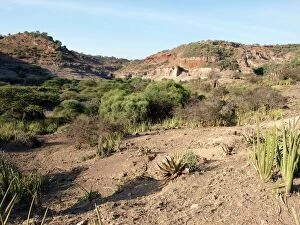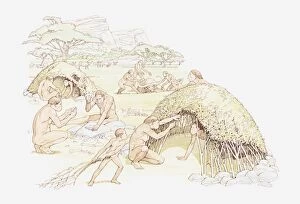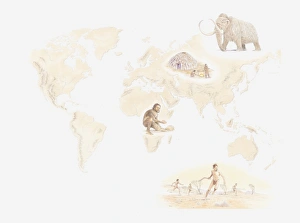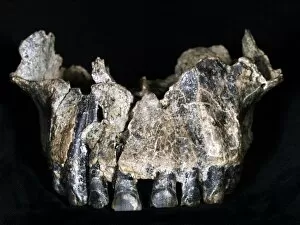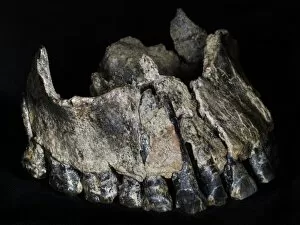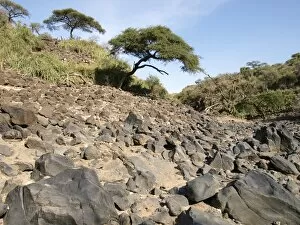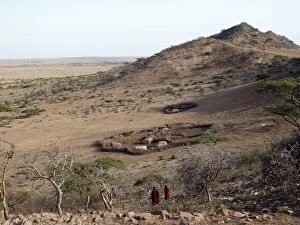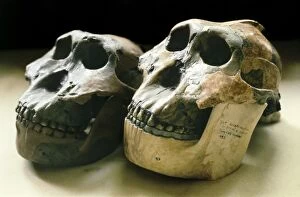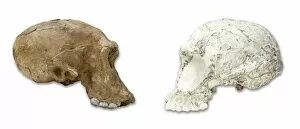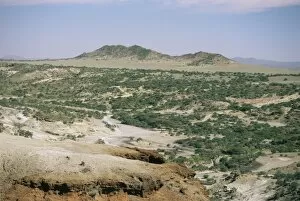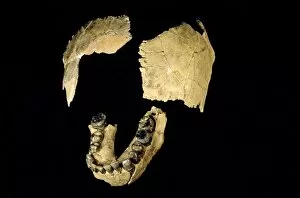Olduvai Gorge Collection
"Unveiling the Ancient Secrets of Olduvai Gorge: A Window into Human Evolution" Step into the mesmerizing landscape of Olduvai Gorge, Tanzania C015 / 6429
All Professionally Made to Order for Quick Shipping
"Unveiling the Ancient Secrets of Olduvai Gorge: A Window into Human Evolution" Step into the mesmerizing landscape of Olduvai Gorge, Tanzania C015 / 6429, and embark on a journey through time. This remarkable site holds the key to unraveling our human origins, with its rich collection of fossils and artifacts that paint a vivid picture of our ancient ancestors. Amongst these treasures is the cast of an Australopithecine or Homo habilis foot (OH8), providing us with a glimpse into their physical characteristics and how they navigated this rugged terrain. The artwork C013 / 9582 showcases the anatomy of Paranthropus boisei, another fascinating species that once roamed these lands. Illustrations depicting Homo habilis settlements at Olduvai Gorge transport us back in time, allowing us to envision their daily lives and social structures. These early humans were not confined to one corner of the world; rather, they spread across continents as seen in illustrations showcasing hunter-gatherer communities from Mezherich in Ukraine to Lake Mungo settlement in Australia. The upper jaw fragments (OH 65) provide valuable insights into Homo habilis' dental structure and diet. These discoveries shed light on their evolutionary adaptations and survival strategies within this challenging environment. As we delve deeper into history, we encounter stone tools that revolutionized early human existence. The Oldowan stone tools C015 / 6435 & C015 / 6434 reveal their resourcefulness and ingenuity while crafting instruments for hunting, gathering food, or building shelters. Additionally, the impressive Olduvai biface stone tool C015 / 6433 showcases advanced craftsmanship skills honed by our ancestors. Olduvai Gorge stands as a testament to humanity's incredible journey towards civilization. It reminds us that every step forward has been shaped by those who came before us – pioneers who adapted, innovated, and survived against all odds.

